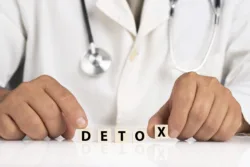Treating Addiction Through Medication Prescribed in Ambulatory Detox

Researching treatment options for addiction detox can feel like an overwhelming task – with so many program possibilities, including residential, outpatient, medication-assisted and ambulatory, it can feel like an incredibly daunting task to pick the right one.
And, once you do find the right one, you may be left wondering what exactly it all entails.
Take ambulatory detox, for example – once you become better versed in what ambulatory detox is, you may wonder what detox medications are used and if they will be suitable to your recovery needs.
Thankfully, plenty of resources, including the treatment staff at our detox facilities, can help you identify your goals and attain them with the right treatment plan and detox medications.
What is ambulatory detox?
Ambulatory detox is a flexible detox program that gives clients the ability to attend treatment programming and pursue recovery while still maintaining their daily routines. It is supervised by mental health counselors and clinicians with the ability to prescribe FDA-approved medications to help with the process of detox.
These medications are prescribed to reduce withdrawal symptoms and lessen cravings. However, those in ambulatory detox are at a lesser risk of severe withdrawal symptoms because participants are only good candidates for this form of detox if they are not at risk for severe withdrawal symptoms.
Who is a good candidate for ambulatory detox?
Ambulatory detox is a viable treatment option for certain individuals based on their history of addiction. Those who will benefit the most from ambulatory detox include:
- Those who have a strong support system at home – Because participants will return home each night, being surrounded by friends and family who encourage and participate in your detox and recovery process is crucial, otherwise you may find yourself falling back into old habits easily;
- Those who need to maintain their obligations – If taking a leave of absence from work or school is not possible, ambulatory detox may be a good option to still pursue detox and recovery;
- Those who do not have a long-standing history of addiction – If your experience with substance abuse is relatively brief, and high doses at high frequency were never a factor, detoxing in an outpatient setting is more viable;
- Those who have never failed detox – If you have attempted detox before and been unsuccessful, inpatient services may be better suited to meet your needs;
- Those who are not at high risk for severe withdrawal – If your history with substance abuse is relatively brief, you are less likely to be at risk for dangerous symptoms and a better candidate for ambulatory detox.
By connecting with a mental health counselor, you will be able to determine whether or not ambulatory detox is right for you.
What medications are used during ambulatory detox?
Another helpful bit of information to have when examining the benefits of ambulatory detox is the aspect of medication-assisted treatment and the medications most frequently used.
Medication-assisted treatment (MAT) is the utilization of FDA-approved drugs to help reduce cravings and lessen the intensity of withdrawal symptoms, overall benefitting recovery and minimizing the risk of relapse. While MAT is often used long-term for those with extensive addiction histories, those in ambulatory detox may only need a short prescription to help them through the initial stages of detox.
The medications most often used for substance detox include:
- Methadone – “Methadone is a synthetic opioid agonist that eliminates withdrawal symptoms and relieves drug cravings by acting on opioid receptors in the brain…Although it occupies and activates these opioid receptors, it does so more slowly than other opioids and, in an opioid-dependent person, treatment doses do not produce euphoria.”
- Naltrexone – “Naltrexone blocks the euphoric and sedative effects of opioids such as heroin, morphine, and codeine. Naltrexone binds and blocks opioid receptors and reduces and suppresses opioid cravings. There is no abuse and diversion potential with naltrexone.”
- Buprenorphine – This drug is proven to “lower abuse potential, lower level of physical dependence (less withdrawal discomfort), [have] a ceiling effect at higher doses, and [offer] greater safety in overdose compared with opioid full agonists.”
These top three medications are not only the most effective but the best research. They offer those in ambulatory detox the ability to safely detox their bodies and move into the next stages of recovery, that is, focus on mental wellness through talk therapies and additional holistic programs.
Researching options for ambulatory drug detox?
If you have been looking for local options, Pyramid Healthcare is pleased to provide several locations offering ambulatory drug detox as part of their treatment programs. To get in touch and begin your journey today, contact us online or by calling 937-637-1860 anytime to learn more.




